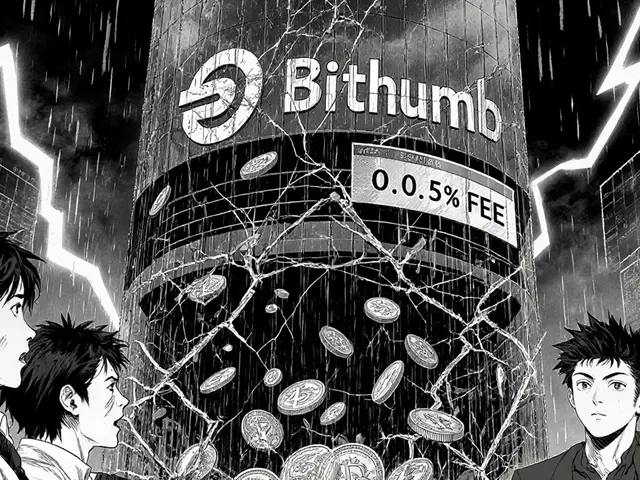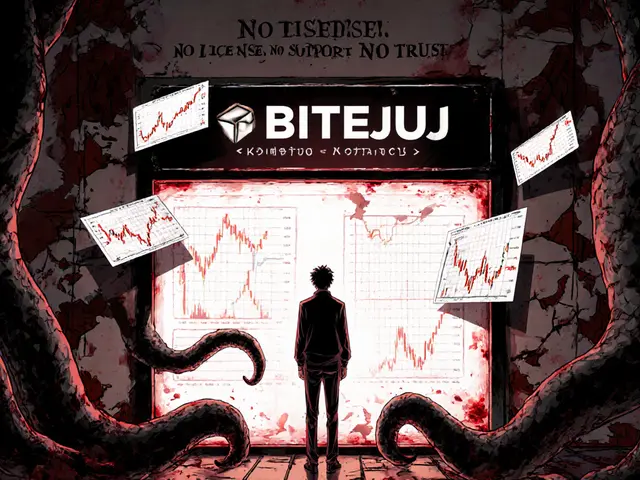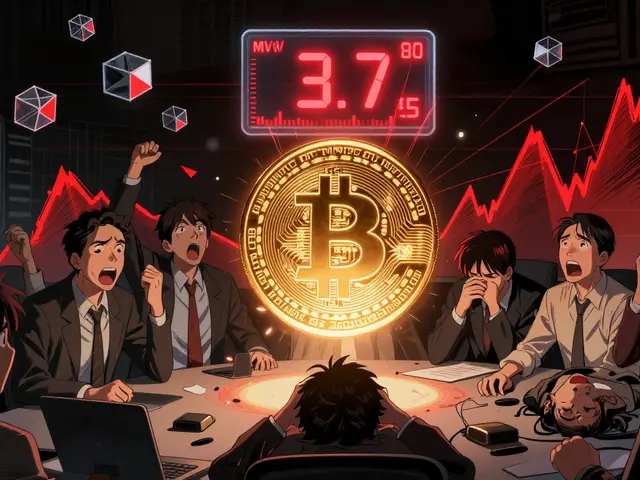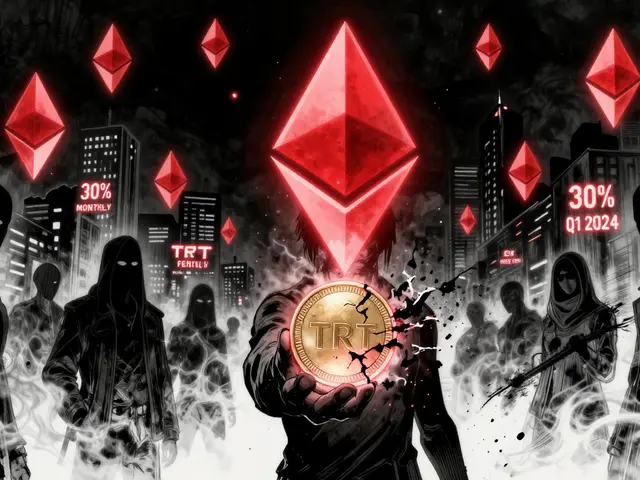Wrapped AVAX – Everything You Need to Know
When working with Wrapped AVAX, a tokenized version of Avalanche's native AVAX that follows the ERC‑20 standard. Also known as WAVAX, it lets AVAX move onto Ethereum‑compatible chains, giving traders and developers the same liquidity and smart‑contract capabilities they enjoy on Ethereum.
Another core player is Avalanche, a high‑throughput blockchain designed for low‑cost, fast transactions. Avalanche’s native token, AVAX, powers its consensus and fee model, but on its own it can’t directly interact with Ethereum‑based DeFi protocols. That's where token wrapping steps in: a cross‑chain bridge, a set of smart contracts and relayers that lock AVAX on the source chain and mint an equivalent amount on the destination chain enables the conversion. In practice, you lock AVAX on Avalanche, the bridge issues the same amount of Wrapped AVAX on Ethereum, and you can now supply it to liquidity pools, borrow against it, or trade it on DEXs.
Wrapped AVAX unlocks several DeFi opportunities. First, it can be deposited into automated market makers (AMMs) like Uniswap or SushiSwap, giving AVAX holders exposure to Ethereum’s deep liquidity. Second, lending platforms such as Aave accept WAVAX as collateral, letting users borrow other assets without moving funds back to the Avalanche network. Third, yield farms often reward participants in WAVAX because it bridges the gap between two ecosystems, increasing the pool’s total value locked and attracting more participants. All of these use cases hinge on the bridge’s security, the token’s ERC‑20 compliance, and the underlying AVAX’s price stability.
Key Entities and How They Interact
The ecosystem revolves around a few essential entities. Token wrapping, the process of locking an asset on its native chain and minting a representative token on another chain, is the foundation for creating Wrapped AVAX. A reliable bridge protocol, such as the Avalanche‑Ethereum Bridge or third‑party solutions like Hop Protocol, handles the mint‑burn logic and ensures a 1:1 peg. Meanwhile, DeFi liquidity pools, smart‑contract pools that let users swap, lend, and earn interest on token pairs, serve as the final destination where Wrapped AVAX adds value. When these entities work together, the result is seamless cross‑chain trading, expanded capital efficiency, and new earning pathways for both AVAX and Ethereum communities.
Notice how each piece depends on the next: without a secure bridge, token wrapping can’t happen; without wrapping, AVAX can’t become an ERC‑20 asset; without ERC‑20 compliance, DeFi pools won’t accept it; and without pool participation, the broader DeFi ecosystem loses a valuable bridge asset. This chain of dependencies creates a clear semantic structure: Wrapped AVAX encompasses token wrapping, token wrapping requires a bridge, and a bridge enables DeFi liquidity. Understanding these links helps you assess risk, pick the right bridge, and maximize returns when you start using Wrapped AVAX in your own strategies.
Below you’ll find a curated list of articles that dig deeper into each component—bridge security audits, step‑by‑step guides for swapping AVAX to WAVAX, comparisons of liquidity incentives, and real‑world case studies of projects that have built on Wrapped AVAX. Whether you’re a beginner looking for a simple swap tutorial or an advanced trader hunting the best yield farms, the collection covers the full spectrum of knowledge you’ll need to navigate this cross‑chain world confidently.
Learn what Wrapped AVAX (WAVAX) is, how it works, and why it unlocks DeFi opportunities on Avalanche with ERC-20 compatibility.
Read More





